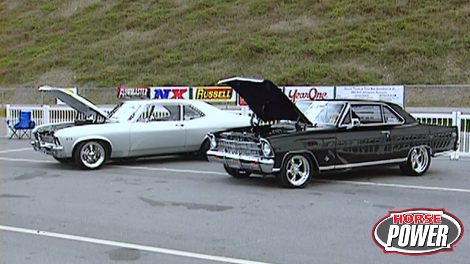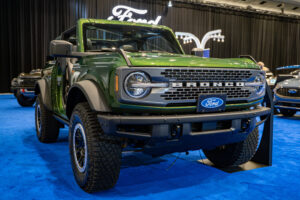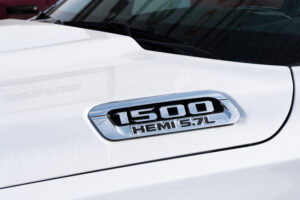
Bristol Bash
This week’s Horsepower kicks off at the annual Bristol Bash, an annual enthusiasts happening that features drag racing, motorcross and competition for the coveted Year One Cup award. Plus, the guys install a cool accessory drive system on a muscle car and show you how to install a state-of-the-art air system for your shop. Last but not least – announcement of the final pick in the Real Ride Challenge.
Season 8
Episode 11






























